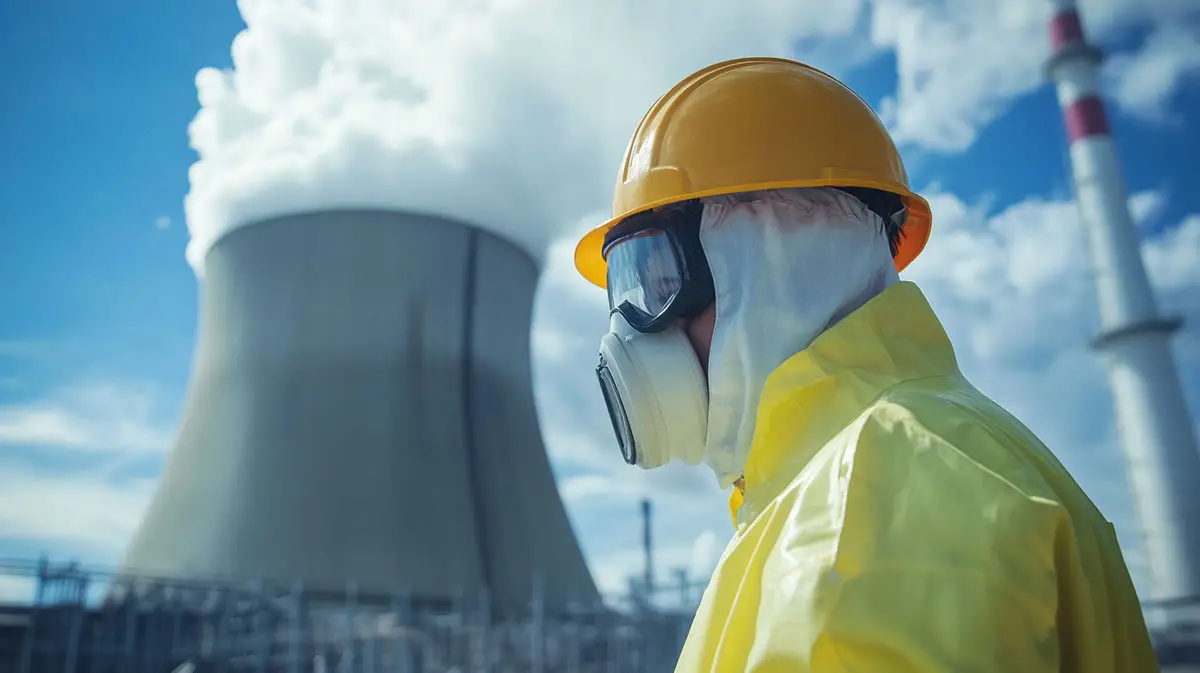The Role of Radiation Monitoring in Ensuring Public Safety

Radiation, whether solar or man-induced, is an odorless and tasteless component of the environment that can have adverse effects. Natural sources like cosmic rays and radon gas are sources of background radiation. Still, sources like nuclear power plants, medical procedures like X-rays, and industries are some of the major sources of additional radiation.
Due to these facts, radiation monitoring is important since it involves assessing and measuring radiation and ensuring it does not affect public health and the environment.
What Radiation Monitoring Is
Radiation monitoring also entails the passive assessment and documentation of ionizing radiation in various areas, such as workplaces, social areas, and ecosystems.
Different measuring gadgets, including Geiger counters, dosimeters, and radiation spectrometers, control exposure to radioactive levels. Depending on the risk for a specific zone or activity, monitoring may be done in real-time or on an interval basis.
A radiation monitoring system will check the pollution level and raise an alarm if it becomes unhealthy. Most radiation monitoring systems are automated.
4 Major Uses of Radiation Detection
The essence of a radiation detector is to measure the level of the radiation. These are the main applications that require radiation or chemical detection systems.
Nuclear power plants
Power plants producing nuclear energy must ensure they operate under maximum safety standards. Prolonged or regular radiation checking guarantees that any escape or variant from the standard is quickly spotted and addressed.
Healthcare settings
At the workplace, radiation measurement protects patients and workers during the processes involving X-ray machines, computer tomography, and radiation therapy. It means that the dosages make the exposures useful for diagnosis or treatment without increasing the risk.
Environmental protection
Real-time observation of new sources of environmental radiation enables the detection of contamination stemming from natural events, including earthquakes in nuclear power plants or man-made disasters like the Chornobyl or Fukushima catastrophes.
Emergency response
During a nuclear or radiological incident, assessing the radiation level is crucial in determining exposure, thus the need to evacuate, decontaminate, and rehabilitate.
Benefits for Public Safety
Radiation monitoring is instrumental in public safety since it provides an elevated level of information and management of risks. It ensures that the organization adheres to regulatory requirements, reduces or controls employees’ exposure to hazards, and alerts the organization of potential risks. This type of action is effective in enhancing public credibility, especially with businesses linked to radiation hazards.
Potential Threats and Opportunities
Technological advancements in the future may also enhance radiation monitoring systems. It is also important to highlight new technologies, like wearable dosimeters and instant data processing, which can enhance the effectiveness and convenience of exposure assessment.
Of course, some issues exist, such as the need to obtain international coverage and change people’s erroneous perceptions of radiation.
Conclusion
It is necessary to monitor radiation levels today, where beneficial radiation applications are inextricably interlinked with threats. Overall, enhanced monitoring systems can be single-sourced and thus help governments, industries, and communities design safer and healthier environments for everyone.










